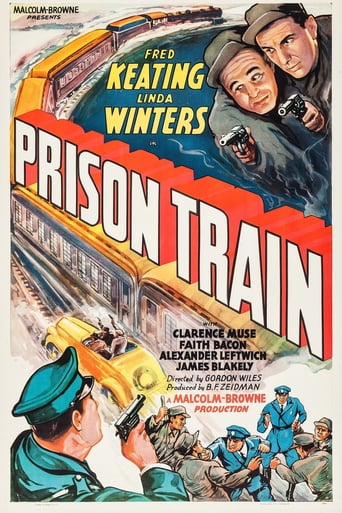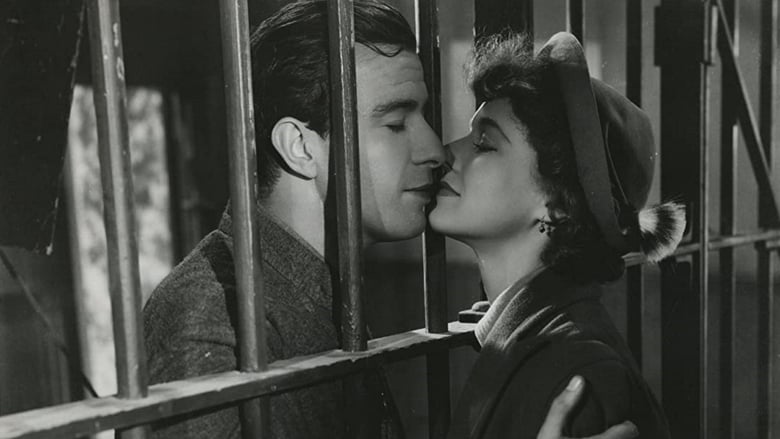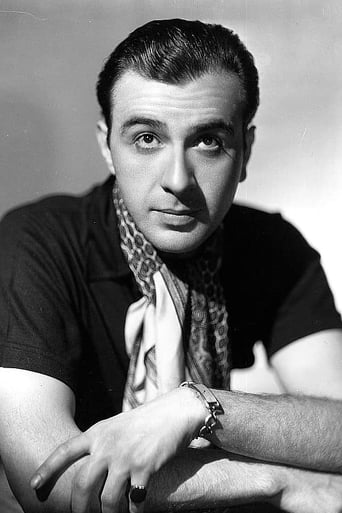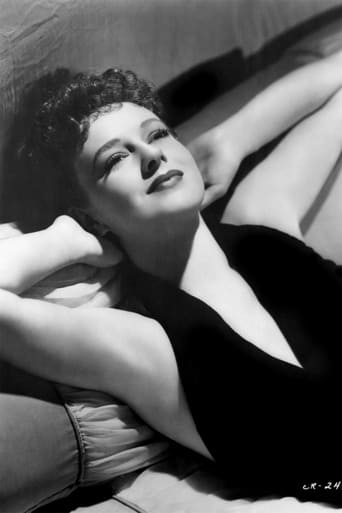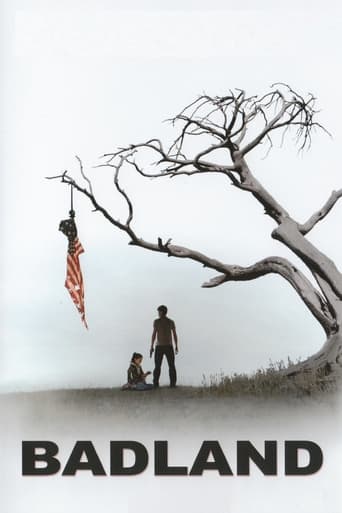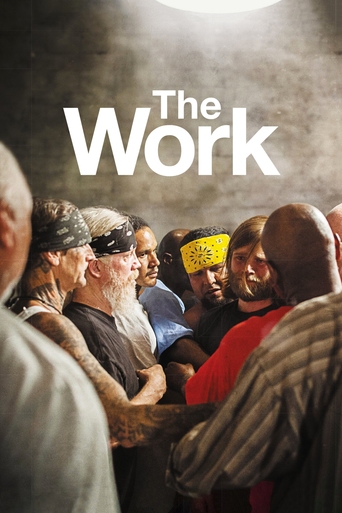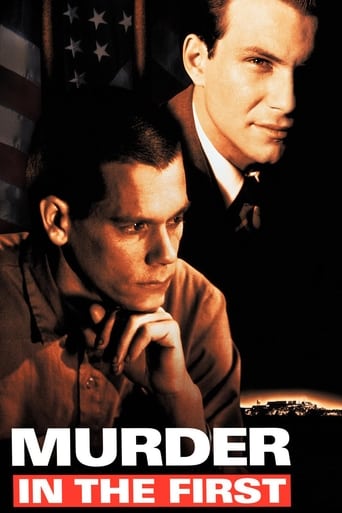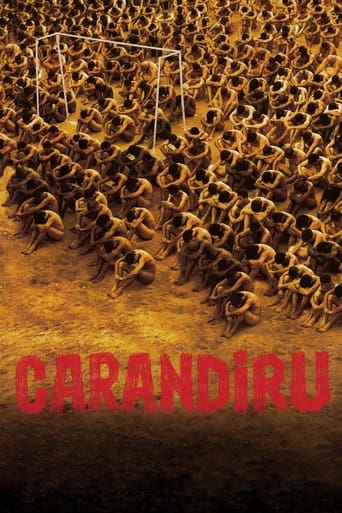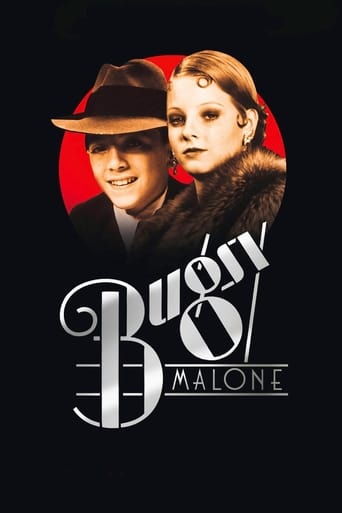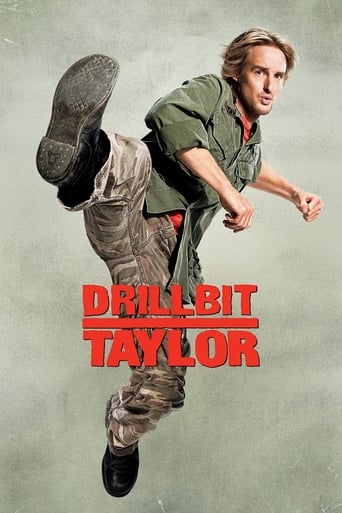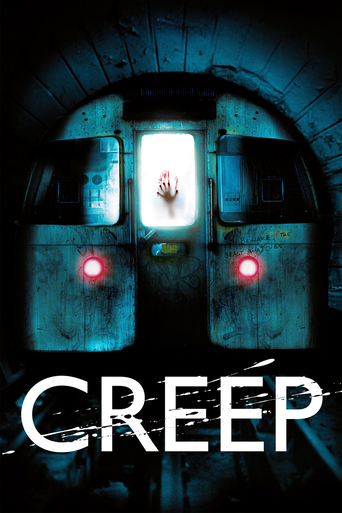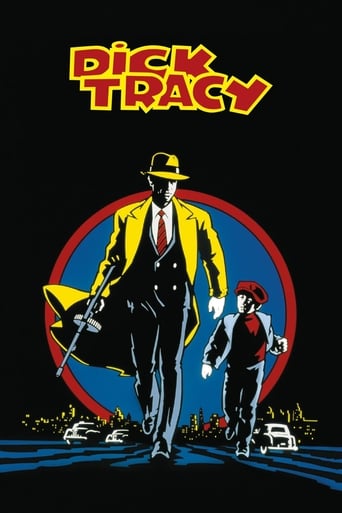Prison Train (1938)
Gangsters plan an assassination of a rival while he rides the train carrying him to prison.
Watch Trailer
Free Trial Channels
Cast


Similar titles
Reviews
A Major Disappointment
Watch something else. There are very few redeeming qualities to this film.
After playing with our expectations, this turns out to be a very different sort of film.
I enjoyed watching this film and would recommend other to give it a try , (as I am) but this movie, although enjoyable to watch due to the better than average acting fails to add anything new to its storyline that is all too familiar to these types of movies.
I did not expect much at all, but I was pleasantly surprised by "Prison Train" (1938) in which director Gordon Wiles, of all people, makes such an ingenious use of his real locations, stock footage and second- string cast that the result is quite a thrilling film noir which can be favorably compared with "The Narrow Margin", despite the minuscule budget allotted to "Prison Train". Dorothy Comingore comes across as a pleasing heroine, while Peter Potter does okay as the obliging hero, but the movie's stand-out performance is delivered by Clarence Muse who makes the most of his best role ever as one of the villain's heavies on the train.Photographer Marcel Le Picard, who worked on nearly two hundred motion pictures (despite a four year break in the middle of his career, 1934-1937) also does some mightily impressive noirish work here.The film editing of Edward Schroeder is likewise a stand-out. Train buffs, of course, will need no encouragement to watch this movie, but they too will be thrilled far beyond their modest expectations. (Available on a quite presentable Alpha DVD).
More so than the story itself, I was intrigued by the opening scene which described the rackets as a lottery scheme peddled to folks in poor neighborhoods offering a reasonable 600 to 1 shot at hitting a winner. With bets ranging anywhere from a dime to thirty cents, this operation was netting gangster Frankie Terris (Fred Keating) a million bucks a year! The math doesn't really work for me, but it sounded pretty good.The other thing I didn't get was Frankie handing over the rackets to rival Manny Robbins (Alexander Leftwich) - really? I didn't understand the motivation for that. Sure he was about to be investigated for his involvement in the phony lottery scheme, but what gangster worth his salt hasn't been? It just didn't make any sense. This after Manny had agreed to work with the authorities to bring Frankie down. I think that would have been a more interesting story.Instead, big brother Frankie knocks off Manny's son Joe (James Blakeley) for getting frisky with sister Louise (Dorothy Comingore as Linda Winters). The rest of the film follows Frankie being convicted of murder and riding the prison train of the title cross country to Alcatraz, as Manny seeks revenge following along by car and biding his time until he can kill Frankie himself. The kicker here is that Louise stows away aboard the train intending to warn her brother of the plot. Think about that one for a while.You know, this was kind of curious - because Louise hopped aboard the train without a ticket, she wound up with no money to pay for one when the conductor came around. So undercover federal agent Bill Adams (Peter Potter) states that she can have his for the next leg of the trip. With that, the conductor says he'll arrange for a refund for that portion of Adams' fare. What am I missing here? So with the other convicts taunting Frankie about never making it to Alcatraz, he gets more and more paranoid as Manny and his goons make plans for the rubout at the Kansas City stop. Frankie muscles a gun away from a steward (Clarence Muse), shoots Manny, and then, in as convoluted a finish as I've ever seen, falls off the train to his death! What?!?! I thought that was just a goofy way to end the picture, but apparently Alfred Hitchcock must have liked the idea, because he used the same finish in 1943's "Shadow of a Doubt".
Frankie is a big-shot mobster who is in charge of the numbers racket. Another big hood, Manny, works for Frankie. Frankie has a sister who is unaware of his career choice and Manny's boy won't take no for an answer and paws the lady--unaware of how mean and tough her brother is. Frankie naturally takes offensive and roughs up the guy--and accidentally kills him in the process. During the trial, Manny tries to kill Frankie and both end up being sentenced to Alcatraz. Manny vows that Frankie will die--sooner than later! Much of the movie is set aboard the train and there is a lot of tension as you know SOMETHING wrong is going to occur aboard this death train.Despite being made up of a no-name cast by a no-name studio, most of the film pretty good job. However, one guy plays a real smart-aleck and wow is he annoying--too annoying to be real. But apart from him, the film is loaded with tension and is well worth seeing--and a bit like the later film noir classic, "The Narrow Margin".
For a short film, I thought this was endless. First of all, the whole premise. The business of all these felons lounging around in a train car, heading for Alcatraz. The principle figure sitting around moping, going from his smug self to being frightened to death. The whole security issue is beyond comprehension. Then there's that old guy whose son was killed, riding in a car, trying to keep up with the train. There is taunting and wordplay going on. Then there is this boring guy who won't shut up, talking through his hat. I suppose he is comic relief, but he's not a bit funny, even in this time period. The young woman who is enamored with the murderer is hanging around but what point is there to her being on the scene? There are those dark close ups and camera shots, which, I suppose, were sort of experimental for the time. When it gets down to it, there's no real story.

